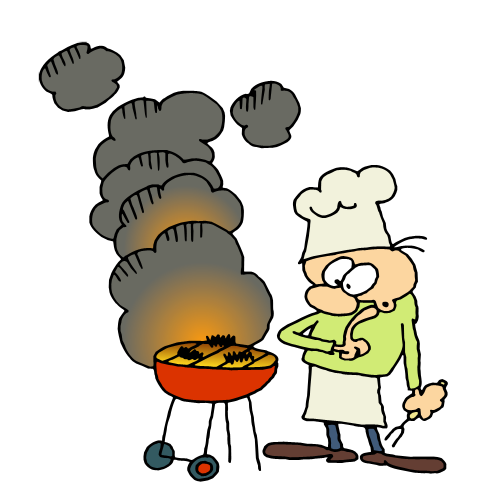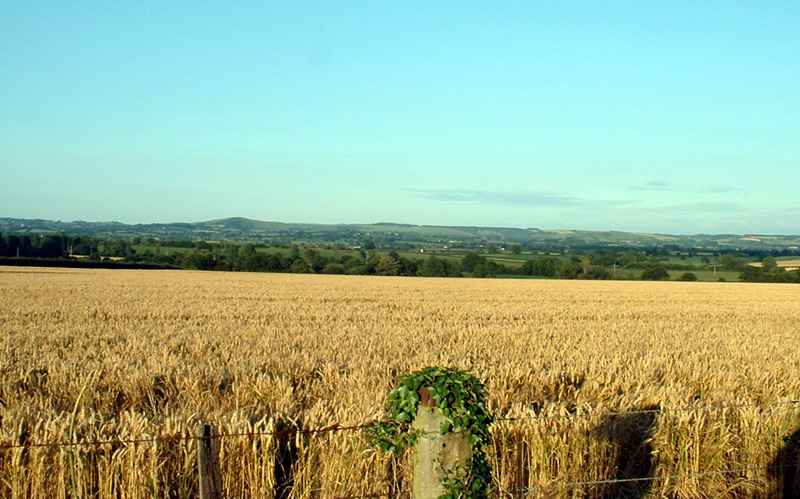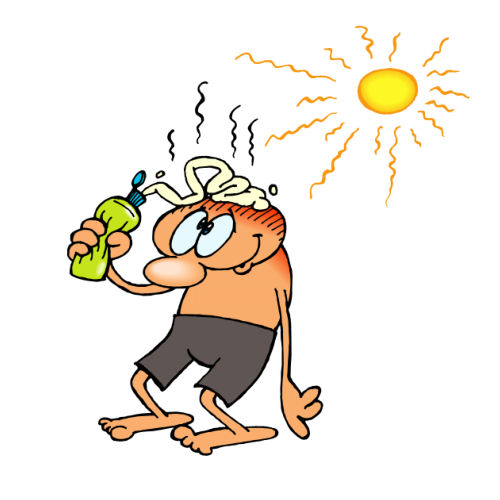 A group was pulled together to research on cancer, and potential causes. The President's Cancer Panel recently released their research compilation, and it is a doozie of a report! I have not read through the entire thing yet - it's 240 pages! But at the end, they mention some of their top recommendations to limiting your exposure to toxins and other ways of decreasing your risk for cancer.
A group was pulled together to research on cancer, and potential causes. The President's Cancer Panel recently released their research compilation, and it is a doozie of a report! I have not read through the entire thing yet - it's 240 pages! But at the end, they mention some of their top recommendations to limiting your exposure to toxins and other ways of decreasing your risk for cancer.1. It is vitally important to recognize that children are far more susceptible to damage from environmental carcinogens and endocrine-disrupting compounds than adults. To the extent possible, parents and child care providers should choose foods, house and garden products, play spaces, toys, medicines, and medical tests that will minimize children’s exposure to toxics. Ideally, both mothers and fathers should avoid exposure to endocrine-disrupting chemicals and known or suspected carcinogens prior to a child’s conception and throughout pregnancy and early life, when risk of damage is greatest.
2. Individuals and families have many opportunities to reduce or eliminate chemical exposures. For example:
- Family exposure to numerous occupational chemicals can be reduced by removing shoes before entering the home and washing work clothes separately from the other family laundry. (plus, taking off shoes is helpful for keeping your carpet in good shape - and lets your feet stretch and breathe, like they were made to do!)
- Filtering home tap or well water can decrease exposure to numerous known or suspected carcinogens and endocrine-disrupting chemicals. Unless the home water source is known to be contaminated, it is preferable to use filtered tap water instead of commercially bottled water.
- Storing and carrying water in stainless steel, glass, or BPA- and phthalate-free containers will reduce exposure to endocrine-disrupting and other chemicals that may leach into water from plastics. This action also will decrease the need for plastic bottles, the manufacture of which produces toxic by-products, and reduce the need to dispose of and recycle plastic bottles. Similarly, microwaving food and beverages in ceramic or glass instead of plastic containers will reduce exposure to endocrine-disrupting chemicals that may leach into food when containers are heated.
 Exposure to pesticides can be decreased by choosing, to the extent possible, food grown without pesticides or chemical fertilizers and washing conventionally grown produce to remove residues (Yay organics!! Though watch out - Big Organic may not be quite as good as we hope. Try to do what local shopping you can! Recently genetically modified alfalfa seeds of Monsanto's were permitting to be labeled "Organic." Grrr... don't get me started on that one!) Similarly, exposure to antibiotics, growth hormones, and toxic run-off from livestock feed lots can be minimized by eating free-range meat raised without these medications if it is available. Avoiding or minimizing consumption of processed, charred, and well-done meats will reduce exposure to carcinogenic heterocyclic amines and polyaromatic hydrocarbons (siiigh, sorry all - be careful with that grill this summer season! That char is being linked more and more to possible cancerous effects. So, at least side your grilled foods with a nice big salad or green smoothie, or other big source of veggies to give you a big natural dose of antioxidants, too!)
Exposure to pesticides can be decreased by choosing, to the extent possible, food grown without pesticides or chemical fertilizers and washing conventionally grown produce to remove residues (Yay organics!! Though watch out - Big Organic may not be quite as good as we hope. Try to do what local shopping you can! Recently genetically modified alfalfa seeds of Monsanto's were permitting to be labeled "Organic." Grrr... don't get me started on that one!) Similarly, exposure to antibiotics, growth hormones, and toxic run-off from livestock feed lots can be minimized by eating free-range meat raised without these medications if it is available. Avoiding or minimizing consumption of processed, charred, and well-done meats will reduce exposure to carcinogenic heterocyclic amines and polyaromatic hydrocarbons (siiigh, sorry all - be careful with that grill this summer season! That char is being linked more and more to possible cancerous effects. So, at least side your grilled foods with a nice big salad or green smoothie, or other big source of veggies to give you a big natural dose of antioxidants, too!)- Individuals can consult information sources such as the Household Products Database to help them make informed decisions about the products they buy and use.
- Properly disposing of pharmaceuticals, household chemicals, paints, and other materials will minimize drinking water and soil contamination. Individuals also can choose products made with non-toxic substances or environmentally safe chemicals. Similarly, reducing or ceasing landscaping pesticide and fertilizer use will help keep these chemicals from contaminating drinking water supplies.
- Turning off lights and electrical devices when not in use reduces exposure to petroleum combustion by-products because doing so reduces the need for electricity, much of which is generated using fossil fuels. Driving a fuel-efficient car, biking or walking when possible, or using public transportation also cuts the amount of toxic auto exhaust in the air.
- Individuals can reduce or eliminate exposure to secondhand tobacco smoke in the home, auto, and public places. Most counseling and medications to help smokers quit are covered by health insurance or available at little or no cost. (Don't you just looooove walking outside in the beauty of nature, only to suddenly pause and, *sniff, sniff* is that someone SMOKING outside!? Mixing their toxins with my FRESH AIR?!)
7. Each person can become an active voice in his or her community. To a greater extent than many realize, individuals have the power to affect public policy by letting policymakers know that they strongly support environmental cancer research and measures that will reduce or remove from the environment toxics that are known or suspected carcinogens or endocrine-disrupting chemicals. Individuals also can influence industry by selecting non-toxic products and, where these do not exist, communicating with manufacturers and trade organizations about their desire for safer products (You vote with your credit card, too. The more you buy healthier options, the more the stores realize they need to keep stock! Your voice DOES matter. So let your cash be heard!) :)













